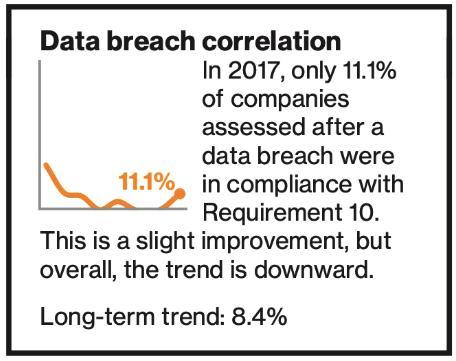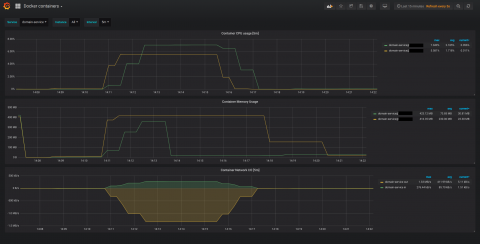Category 1 cyber threat for UK businesses
Britain should be prepared for a Category 1 cyber security emergency, according to the National Cyber Security Centre (NCSC). This means that national security, the economy, and even the nation’s lives will be at risk. However, despite this harsh warning, UK businesses still aren’t taking proactive and potentially preventative action to stop these attacks from happening. So just where are UK businesses going wrong and can they turn things around before it’s too late?








